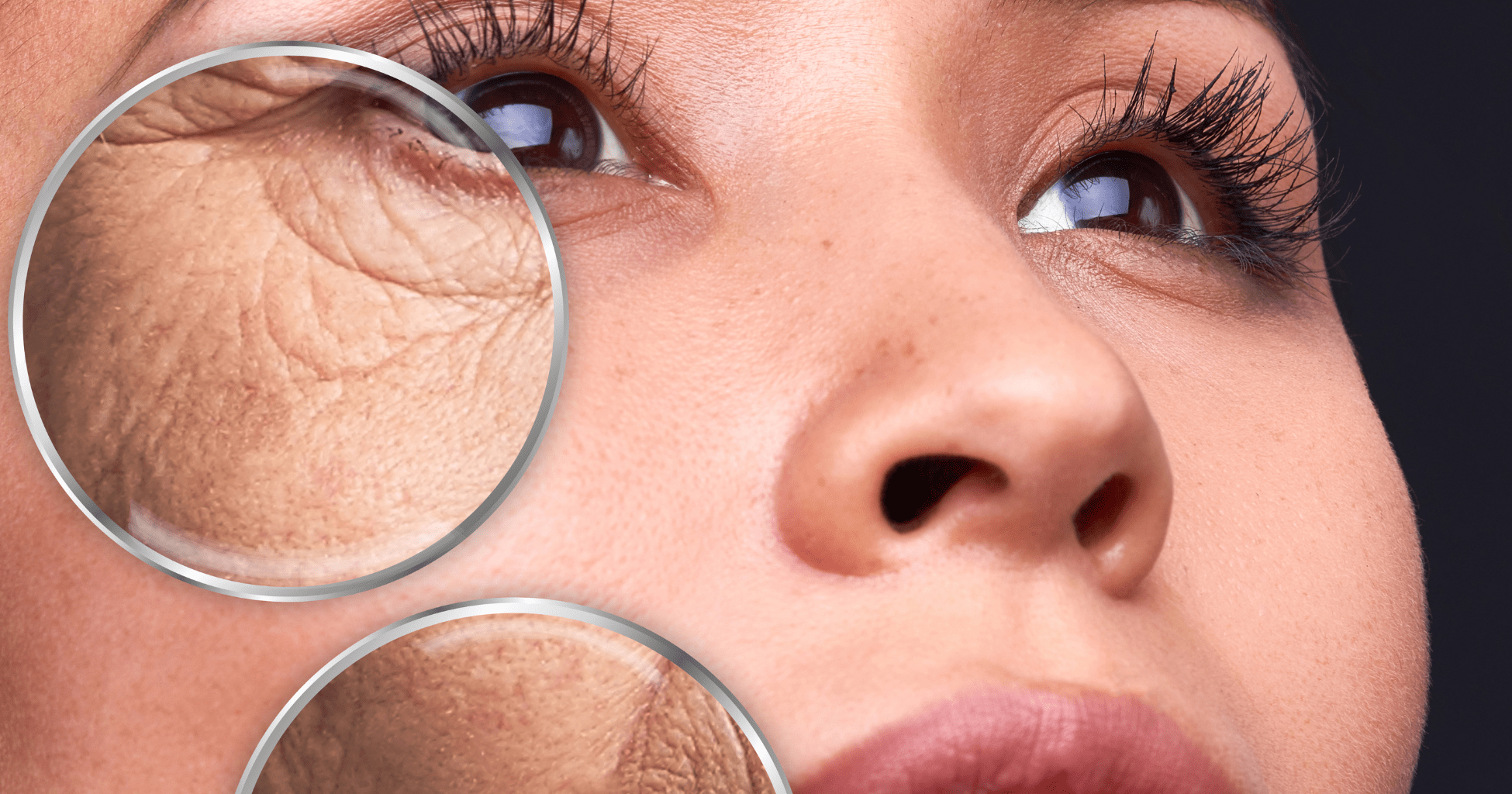Maintaining wellness of the skin takes knowledge and planning.
The skin is the largest organ of the body and definitely one of the most amazing. For an organ which varies in thickness from between .212 centimeters to .508 centimeters, it certainly does a lot. We know more about the anatomy and physiology of the skin than ever before. Unfortunately, we still have more to learn. There are some parts of the skin whose anatomy and physiology scientists are still researching.
From the moment we are born, our skin starts its aging process, which is why there is such a variation in physiological activities, because those activities slow down over time. For example, when we are born, we have approximately 15 layers of skin cells.
Unfortunately, by the time we are 70 we have approximately 1. Skin sheds its dead cells every 28 to 60 days and undergoes full thickness skin regrowth every 6 to 12 months. Daily the skin is attacked by free radicals from the environment as well as damage from our lifestyle. An unbalanced skincare regime, with a major focus on treatment not prevention, as well as the use or rather misuse of the wrong skincare products, also have a negative impact. So good healthy skin must be a life -long pursuit driven by the latest knowledge with its key focus being preventative care.
When we think of our skin, we generally think of treating it, forgetting that the most important aspect of maintaining good health for every organ of the body should always be prevention. One of the added benefits of prevention in skincare is that many of those aspects which prevent skin damage, also improve the overall wellbeing of the whole person.
The first aspect of preventative care and of the most importance in Australia, which has the highest instance of skin cancer, is sun protection. Latest figures indicate that only 60 % of women and 37%of men use sun protection regularly. Sun protection should start from babyhood and be used daily. Today we can not only purchase sun protection for babies, but we also have beach apparel which is made with fabric impregnated with sunblock for that extra protection. We should make sure we use enough sunblock when applying as an insufficient amount will not provide adequate protection. Do not be fooled into thinking that a moisturizer or foundation which contains sun protection is an adequate sun block. Sunblock should also be used all year long as even in winter the sun’s rays can be damaging. A good skincare regime with an emphasis on prevention is a must. One of the most important aspects of that regime is the proper use of a cleanser. So many people do not cleanse their skin properly, making the serums and moisturizers they use afterwards unable to do their job properly.
Next, a very important preventative tool is the correct diet. It must be high in essential fatty acids such as the fatty acids found in almonds, salmon, tuna and sardines. Limit the amount of added salt in the diet. Refined sugars will actually harden the elastin which flows between the collagen fibers, contributing to lines and wrinkles. A good balance of fruit and vegetables is also important in your diet. You should drink plenty of water every day and limit the amount of caffeine drunk. As the skin is made up of between 50 and 70 % moisture keeping the body well hydrated is essential for a healthy skin.
Regular exercise is also important as a preventative activity for the skin. The increase in blood flow derived from exercise helps to feed and nourish the skin and also provides extra moisture in the subcutaneous area which is found at the base of the skin.
Today we are surrounded by a huge array of treatment options for the skin, far better and in most cases less painful than Cleopatra’s only option, which was to put hot bricks on her face to treat it. Some of the treatments actually work on the preventative aspect of the skin as they are all about improving skin’s wellness and getting it functioning normally, without damage. Those treatments can also be undertaken more regularly. The first one is skin peeling. The primary focus of a peel is to get rid of the dead skin cells which are lying on the surface of the skin. When we understand that there are approximately 9,500,000 million skin cells to be found in approximately .625 centimeters squared of skin, getting rid of the dead ones a little faster will deliver a far healthier skin and help to normalize its functions. Even physiological activities such as the production of sebum will be able to return to normal without the excess weight of the dead skin cells, helping to prevent skin dehydration leading to rebound oiliness. Ideally the skin should get rid of those cells every 28 days but because of a person’s age and other negative influences that process slows down greatly. An excess of dead skin cells lying on the top of the skin also make the skin look dull and unhealthy.
Microdermabrasion has the same effect on the skin and the removal of dead skin cells. Another treatment which aids the health of the skin is the HydraFacial. Results from all of these treatments can be seen immediately. The microbiomes of the skin become normalized, and the acid mantle is restored to normal health from these treatments.
We should never discount the use of treatments for maintaining a healthy skin, but no treatment will be the perfect cure. The more damaged a skin is, the harder it becomes to get the best result from treating. Prevention though, will give you a skin that requires little treatments and will look good and function well through to old age. Scientists are working on a tablet which will stop not just skin but all organs from aging. Until then we keep working on prevention.

